Moon
Our Moon is Earth’s natural satellite, formed around 4.5 billion years ago through a collision between a Mars-sized object and Earth. It goes through various phases as it orbits our planet, resulting from the changing angles between the Sun, Earth, and the Moon. The Moon’s surface features include craters, mountains, valleys, and large plains called maria, formed by impacts over billions of years.
Photographing the Moon at night can be a rewarding experience, but it comes with its challenges. To capture great moon shots, you’ll need a camera with manual settings, a tripod for stability, and a telephoto lens or telescope to zoom in. Set your camera to manual mode, use a low ISO to reduce noise, a fast shutter speed to avoid overexposure, and a wide aperture for more light.
Focusing is crucial for sharp lunar details, so use manual focus and fine-tune it using live view if available. Experiment with exposure settings to balance the Moon’s brightness with the night sky. Consider including interesting foreground elements for composition.
However, moon photography can be challenging due to the Moon’s brightness, its relatively small appearance in the sky, the need for stability, and the influence of weather and atmospheric conditions. Clear nights with stable air and careful planning of moonrise/moonset times can help you overcome these difficulties. With practice, you can capture stunning images of the Moon, showcasing its surface features and changing phases.
The picture was made with the Pentax K3 III and the Pentax 560 mm F5.6 plus 1.4x Teleconverter.

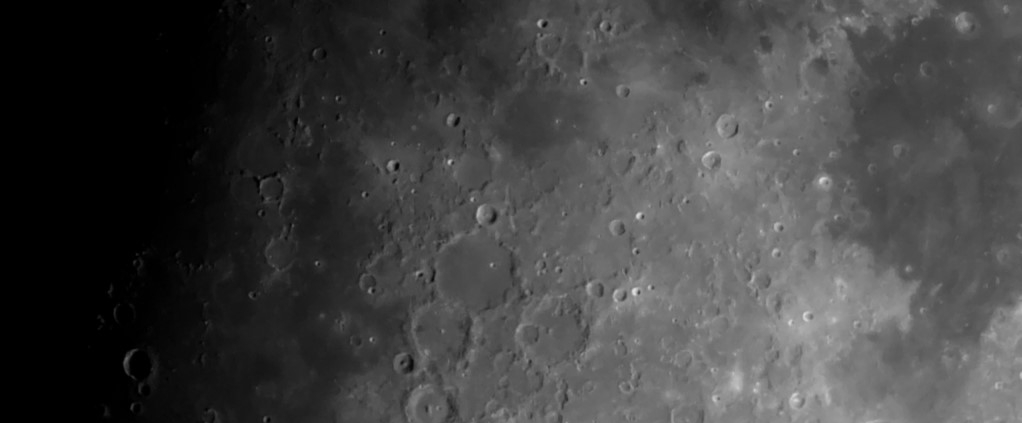
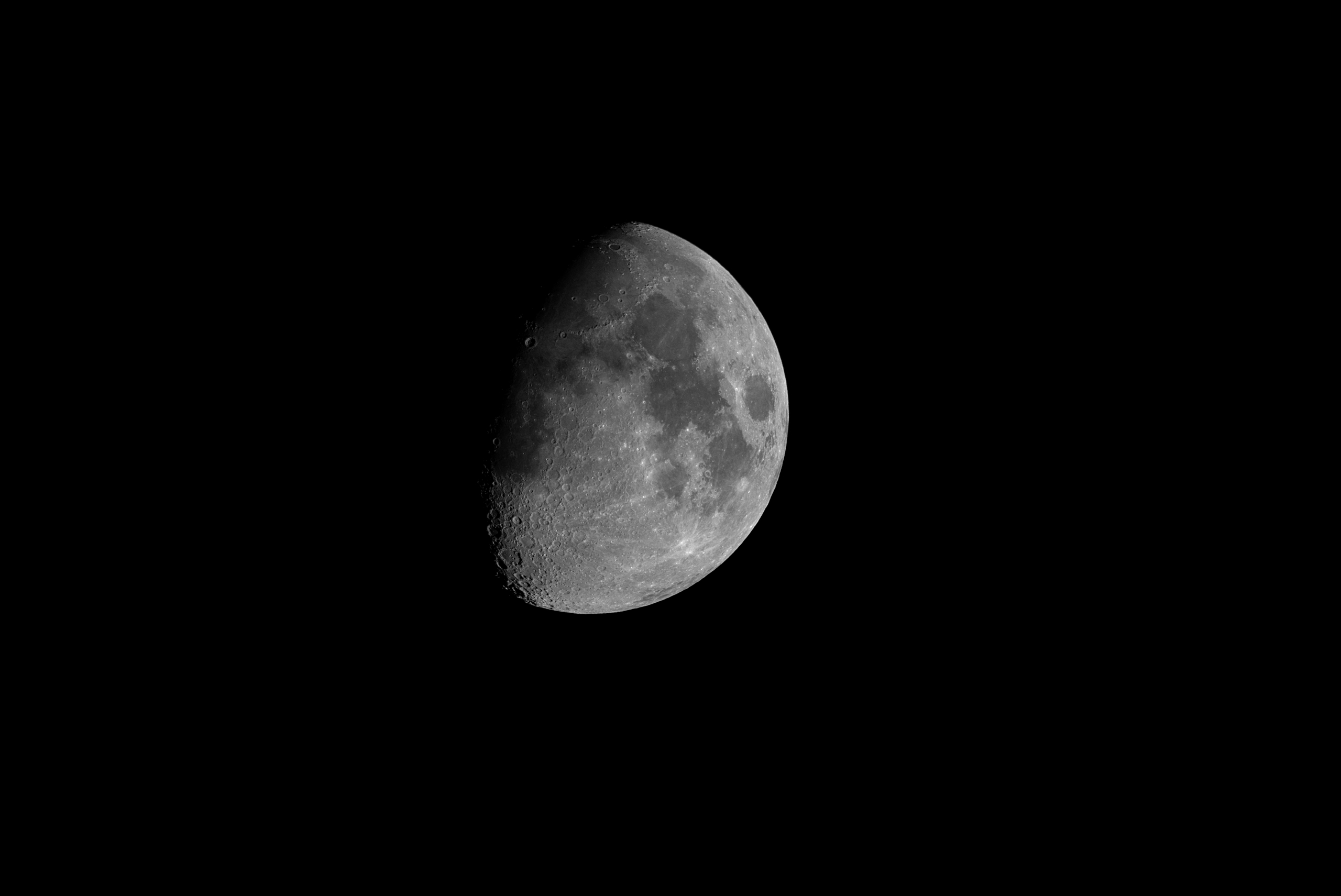
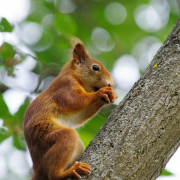
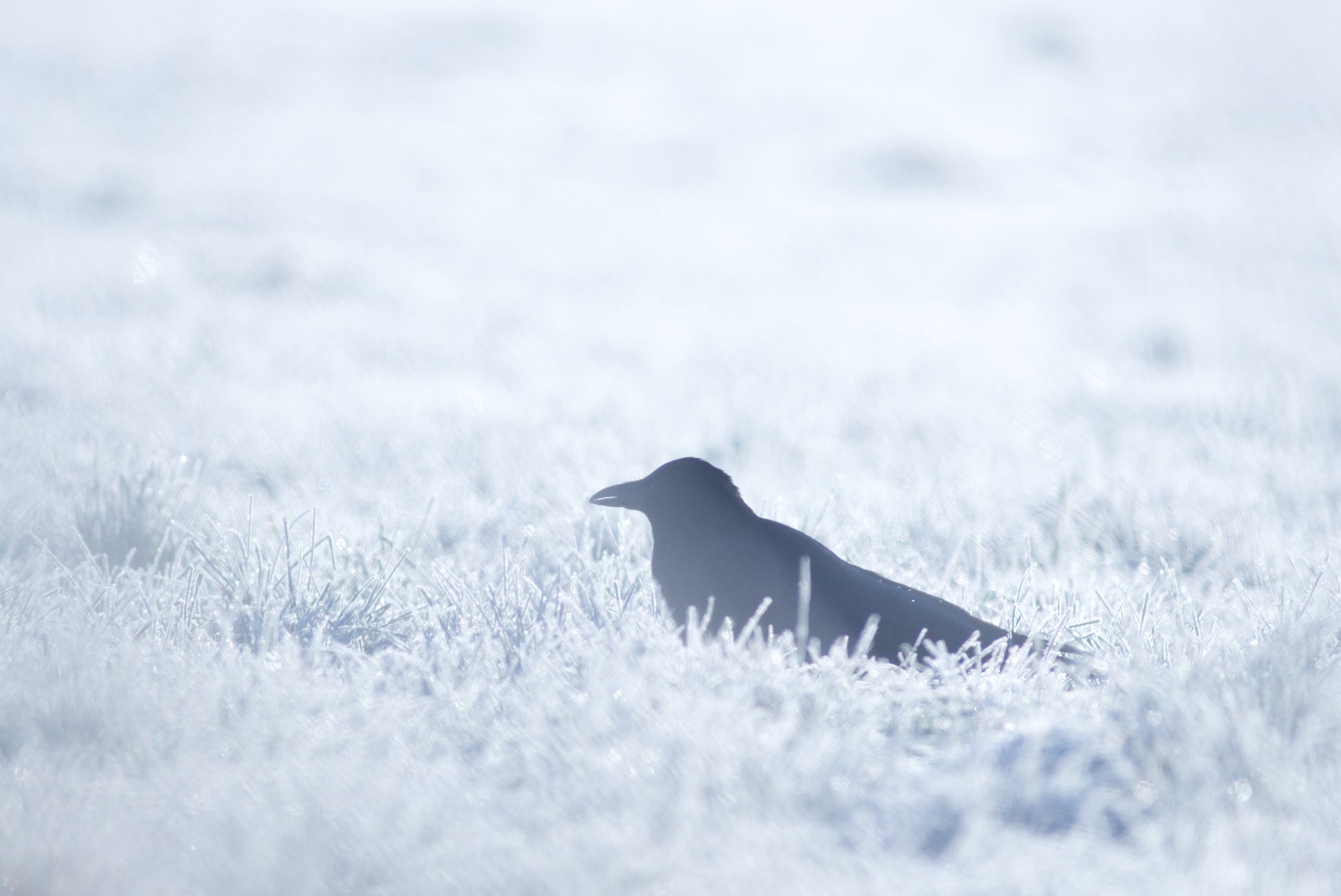
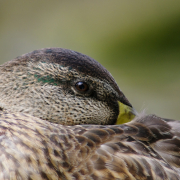
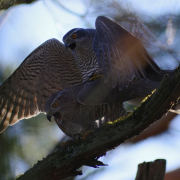
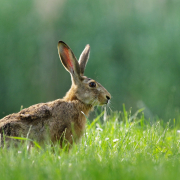
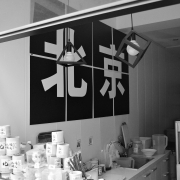
Leave a Reply
Want to join the discussion?Feel free to contribute!